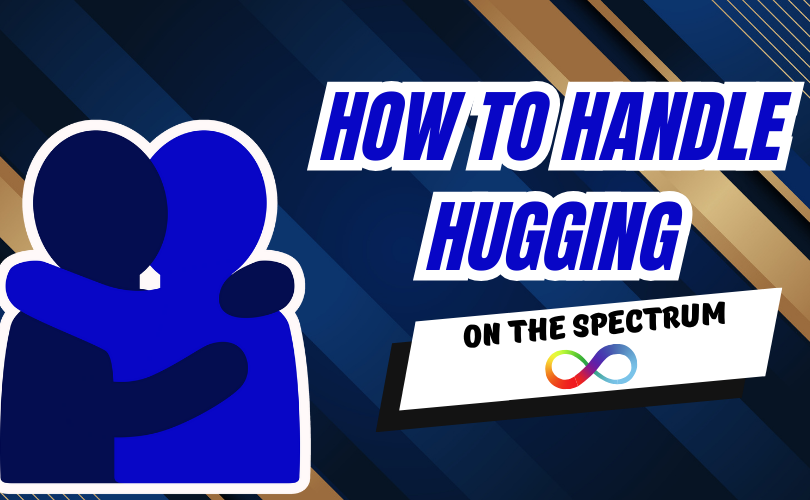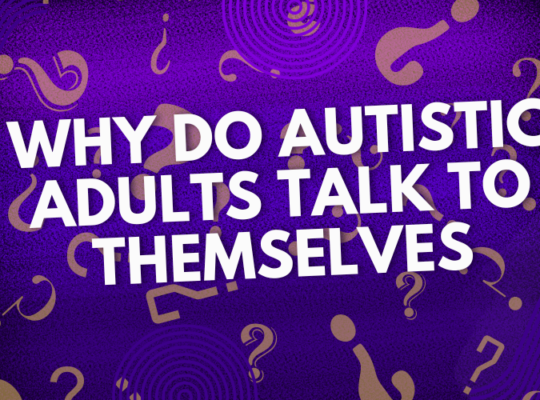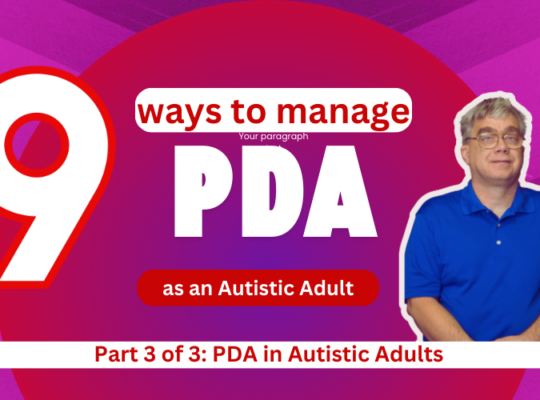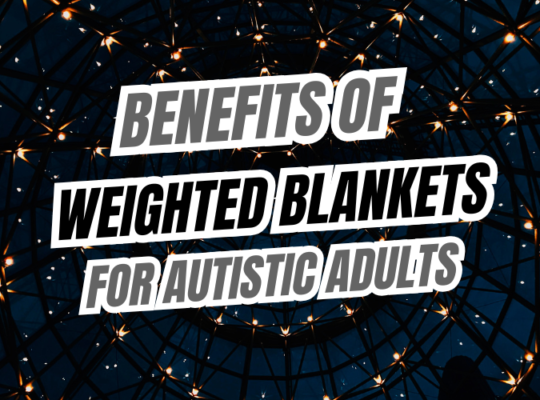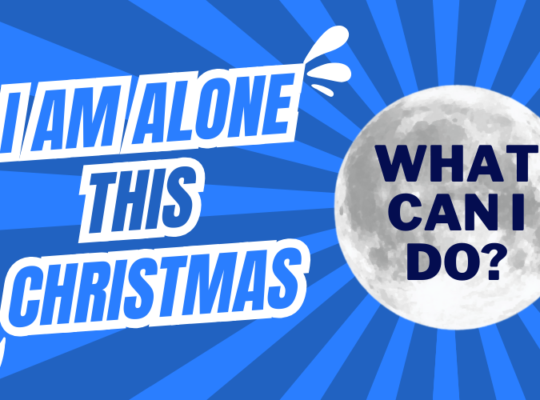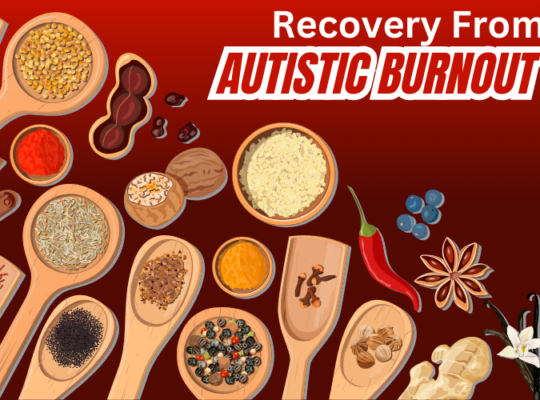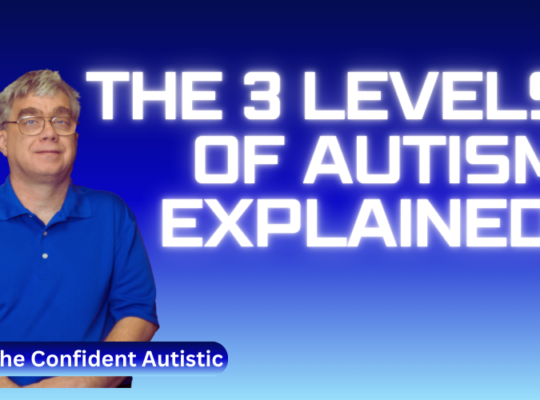Hugs. A warm embrace, often exchanged between family, romantic partners and friends is seen in our society as a way of feeling closer to others and happier with ourselves while expressing appreciation, comfort, support and more
For many people a hug is a pleasant experience, and something they desire. However, there are many autstics who do not like hugs, and there are a few who do embrace hugging
In this video I break down why many Autistic adults dislike hugs while some embrace hugging, what to do if you are Autistic, do not like hugs and someone wants to hug you, and what everyone should know before hugging another person.
Why do Autistics dislike or like hugs.
Although most autistics do not like hugs, thre are some of us on the spectrum who do enjoy being hugged.
For those of us who do enjoy hugs, hugs may be comforting and help us manage feelings of anxiety or stress.
Hugs can provide gentle pressure that can calm the nervous system.
Hugs can be especially comforting because they are predictable and provide pressure.
Additional reasons why some autistic people may like hugs include:
Sensory Stimulation
Autistics like you and me may seek out sensory stimulation trhough deep-pressure hugs.
Attachment disorders
Although it may be more common in autistic children, we may have attachment disorders or difficulties that contribute to our desire for constant physical contact.
For those of us who dislike hugs our dislike is caused by our sensory processing differences. These differences often make us highly sensitive to touch, which causes us to feel overwhelmed or experience discomfort when we are hugged. This is often caused by the intensity of the physical contact, the pressure or even the texture of someone else’s clothes, which can lead to a negative response to hugs.
Let’s dive a little deeper into what causes us to dislike hugs.
Sensory Overload
For many of us on the spectrum, we may experience sensory overload when touched. When this occurs, our brains processes the sensation with increased intensity compared to our neurotypical peers, which often leads us to experiencing a feeling of distress.
Tactile Defensiveness
Some Autistic adults exhibit tactile defensiveness, which means a strong aversion to touch in general, not just hugs.
Personal Space Issues
For some of us Autistics, we may have a strong need for personal space which can be compromised by hugging.
Misinterpretation of Social Cues
We may wish to avoid hugs as we do not always understand why a person is hugging us. For example, a person may want to hug us to show their support and we might interpret it as more that support which can lead to confusion for us which can cause anxiety and stress.
What to do if you are Autistic and do not like hugs.
In an idea world the person who wishes to hug you will ask you first, but that does not always happen. Therefore, we must have a plan for the unexpected HUG, YOU can call this plan your strategy or protocol when someone approaches you with a hug. You might even want to create a script in advance to alleviate any anxiety that you may experience at the time a hugger is approaching you.
It is very important to communicate your boundaries clearly by letting people know you prefer other forms of affection like high-fives, fist bumps, handshakes or simply verbal expression of care.
You can also explain, if you are comfortable doing so, that physical touch can be overwhelming for you while suggesting other ways to show support.
You may want to use this strategy as an opening to share your Autism with others, however if you are not ready to revel you are on the spectrum to others, you may want to keep the explanation small to avoid accidently revealing something you are not yet comfortable sharing about yourself.
When you are communicating your boundaries with others it is important to:
Be Upfront
Politely share with friends, family, colleagues, and others that you are not comfortable with hugs and explain why. Remember you do not have to share you are Autistic if you are not ready to, but you should let them know why hugs bother you and it is not them personally that is making you uncomfortable.
Suggest alternatives
You are the best person to know what is uncomfortable and what is comfortable for you. So, when you are communicating your boundaries with others, in regards to hugs specifically and maybe physical contact in general, offer alternative ways they can show support or affection that you are comfortable with. You may be more comfortable with a pat on the back, or a friendly wave, etc. Whatever it is, be sure to share it with others.
Use Visual Cues
If you are comfortable, or if this strategy is a more comfortable way of communicating your boundaries, consider using a small card or bracket with a symbol indicating your preference for minimal physical contact.
Don’t be pressured
If someone tries to hug you in spite of you sharing your boundaries, politely excuse yourself and reiterate your preferences when it comes to hugging and/or physical contact.
What everyone should do before hugging an Autistic person for the first time.
For our allies and others who are reading this article, it is important to know that not all Autistic adults dislike hugs, and some of us may even seek out deep pressure touch as a calming sensation. Therefore, it is best to ask first before hugging someone – especially for the first time
All you need to do is ask if someone you want to hug is comfortable with physical contact before initiating a hug, and if they say they are not, or prefer if you did not hug them, be sure to respect their boundaries.
If someone who is Autistic does not like to be hugged there are 2 things you can do: the first is to understand their needs. Remember that it is not a reflection of their feelings towards you. but rather it is a sensory issue.
Second, if they do offer an alternative form of affection, respect that request by honoring it (and in future contact with your Autistic friend, remember their preference). If they do not offer an alternative to a hug, consider other ways to show care, including a high-five, a friendly pat on the back, or a verbal expression of appreciation.

